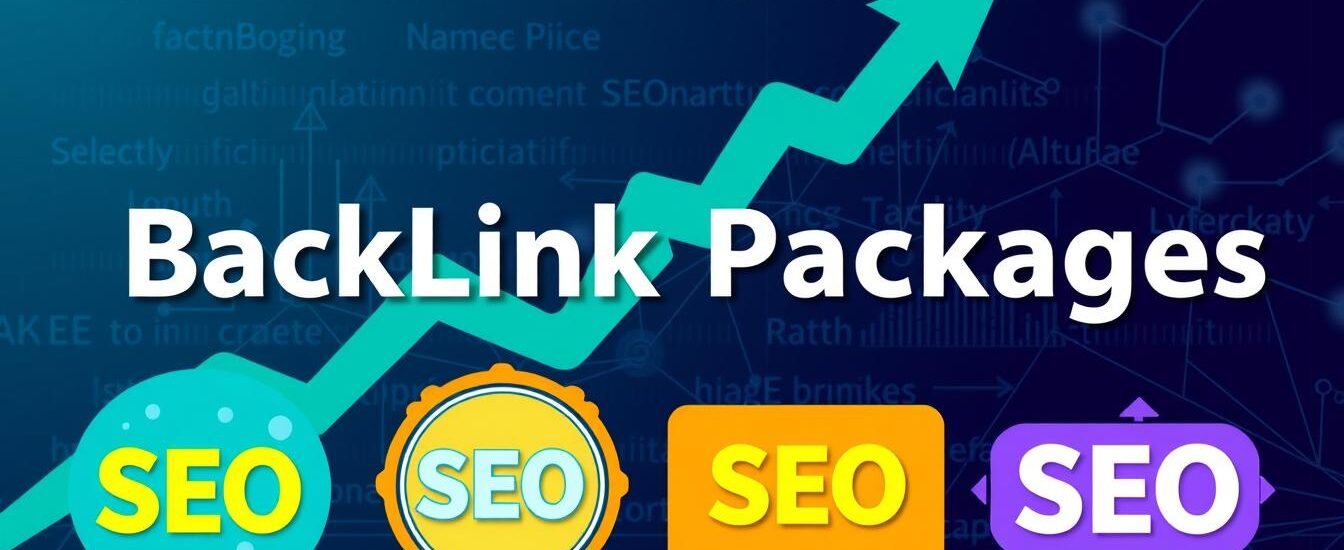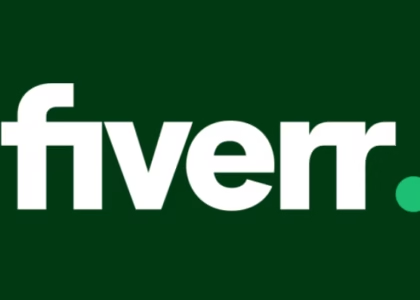PBNs A Private Blog Network (PBN) is a network of authoritative websites used to build backlinks to a single target website, with the goal of improving that site’s search engine rankings. These networks are typically made up of expired domains with existing authority and backlink profiles.
The core idea behind a PBN is to manipulate Google’s PageRank algorithm—passing “link juice” from multiple high-authority domains to a single “money site” in order to boost its rankings. Though this technique is considered a black-hat SEO tactic, it remains widely used among SEOs looking for faster results.
How Do PBNs Work?
1. Acquiring Expired Domains
PBNs start with the purchase of expired or auctioned domains. These domains already have backlink profiles, authority, and trust from Google. The goal is to find domains with:
- High Domain Rating (DR)
- Clean backlink profiles (no spam)
- Relevant past content/themes
2. Building the Sites
After domain acquisition, each PBN site is built with:
- Unique content
- Different hosting (IP diversity)
- Different CMS themes and plugins
- Custom logos, author bios, and branding
This disguises the fact that the sites are all owned by the same person or entity.
3. Linking to the Money Site
Once a site is established, it links out to the target website. These outbound links are strategically placed:
- Within relevant articles
- Using target anchor text (exact match, partial match, branded)
- Dripped over time to mimic natural link growth
The Benefits of Using PBNs
Despite their controversial nature, PBNs continue to offer several compelling benefits to SEOs and marketers in 2025:
1. Full Control Over Backlinks
PBNs give SEOs total control over:
- Anchor text
- Link placement
- Link frequency
- Link velocity
This control is invaluable when running aggressive campaigns where precision matters.
2. Faster Ranking Results
Unlike white-hat link building (which can take months), PBNs can generate rankings in as little as 2–4 weeks—especially in low to medium-competition niches.
3. Bypassing Traditional Outreach
No need to:
- Beg for guest posts
- Pay for niche edits
- Engage in long email threads
With a PBN, you’re not relying on others—you own the process end-to-end.
4. Building Authority Across Niches
PBNs can be diversified across different industries, allowing SEOs to dominate multiple verticals quickly. Whether it’s e-commerce, local SEO, affiliate marketing, or lead gen—PBNs can be tailored to each.
The Risks of Using PBNs
While PBNs can be powerful, they come with significant risks—especially in 2025 as Google continues to tighten its algorithm.
1. Manual Penalties
If Google detects your PBN, you could face:
- Deindexing of PBN sites
- Loss of rankings on your money site
- Manual actions
Google’s webspam team actively targets known PBNs.
2. Algorithmic Penalties
Even if a PBN isn’t caught manually, Google’s algorithms can flag:
- Unnatural anchor text patterns
- Sudden backlink spikes
- IP footprints
3. Footprint Exposure
Poorly built PBNs often leave behind technical footprints, such as:
- Using the same name servers
- Hosting on the same IPs
- Using similar site templates
- Identical Google Analytics IDs
Any one of these can give away the entire network.
4. High Maintenance Cost
Maintaining a quality PBN is time- and resource-intensive. Costs include:
- Domain registration/renewals
- Hosting plans (diverse providers)
- Content writing
- Link management
A small PBN of 10–20 sites could cost thousands annually.
How to Build Safe PBNs in 2025
Building a PBN that works in today’s SEO climate requires sophistication and stealth.
1. Domain Selection
Look for domains with:
- Clean backlink profiles
- High Trust Flow and Citation Flow
- Topical relevance
- No spammy anchor texts
Tools: Expireddomains.net, Ahrefs, Majestic, Wayback Machine
2. Hosting Strategy
Use different hosting providers or services that offer IP diversity, like:
- Cloudflare + shared hosting
- Multiple cheap VPS providers
- CDNs with cloaked DNS
Avoid hosting more than one PBN site on the same C-block IP.
3. Content Strategy
PBN sites need unique, high-quality content. Ideally:
- 500–1500 word articles
- Niche-relevant
- Include images, videos, internal/external links
AI content is usable if it’s heavily edited to avoid detection.
4. Site Design
Make each site look like a real blog:
- Use varied themes and plugins
- Customize footers, sidebars, menus
- Add “About” and “Contact” pages
- Include social media icons (even if not linked)
5. Link Placement Best Practices
- Avoid sitewide or footer links
- Use contextual, in-content links
- Diversify anchor text naturally
- Drip links over time
How Effective Are PBNs in 2025?
The million-dollar question: Do PBNs still work in 2025?
Short Answer: Yes—but carefully.
Trends in 2025:
- PBNs are less effective in high-competition niches unless done at scale.
- Micro-PBNs (5–10 sites) still work great in local SEO and low-competition niches.
- Link quality and trust are more important than quantity.
- Topical authority of PBN sites influences results significantly.
- AI-generated content needs to be undetectably humanized to avoid being flagged.
Case studies across the SEO community still show top 3 rankings achieved using well-built, well-managed PBNs.
When Should You Use a PBNs?
PBNs are best used when:
- You want fast results in a competitive niche
- You’re launching a new affiliate or dropshipping site
- You’re managing a lead gen agency in a tight local area
- You’re testing markets or niches for viability
Avoid using PBNs for:
- Long-term branding campaigns
- Authority sites you’re building to sell
- Sites with real PR or customer base
- High-risk niches like medical or YMYL (Your Money Your Life)
How to Detect a PBNs
Knowing how to spot a PBN is important whether you’re an SEO protecting your assets—or a competitor analyzing the SERPs.
Red Flags:
- Identical WHOIS info (when not private)
- Thin content on multiple sites
- Sites link to the same money site(s)
- Same IPs or C-blocks
- Outdated or generic design
Tools for PBN detection:
- Ahrefs or Majestic (backlink overlap)
- BuiltWith (hosting and CMS footprints)
- IP lookup tools
- Wayback Machine (to check domain history)
Alternatives to PBNs
If you’re wary of the risks, here are white-hat and gray-hat alternatives to PBNs:
1. Guest Posting
Still one of the most effective long-term link building strategies. Write valuable content for high-authority sites in exchange for a link.
2. HARO (Help A Reporter Out)
Connects you with journalists seeking expert opinions. Links from sites like Forbes, Business Insider, etc.
3. Niche Edits
Buy placements in existing articles on established blogs. Faster than guest posts and often cheaper.
4. Digital PR
Create newsworthy content and pitch it to journalists. Requires creativity but pays off with massive links.
5. Link Exchanges (Cautiously)
Engage in three-way link exchanges to avoid detection. Still risky, but effective if done subtly.
Are PBNs Worth It in 2025?
The truth is—PBNs are not dead.
But they’re no longer a lazy man’s hack. They’re a serious SEO strategy that requires investment, planning, and stealth.
If you:
- Have the budget
- Understand the risks
- Know how to build and mask networks
…PBNs can be a secret weapon.
But if you’re inexperienced or careless, they can blow up your rankings and your domain’s reputation.
Final Thoughts
PBNs remain one of the most powerful and polarizing tools in SEO. They can skyrocket your rankings—or kill your site overnight.
In 2025, the key is subtlety. Google’s AI-driven spam filters are smarter than ever, so your network needs to be smarter too.
Use PBNs wisely. Respect the risks. And always ask yourself:
“Would this site look legit to someone who has no idea what SEO is?”
Because if the answer is no, it’s probably only a matter of time before Google agrees.
Keywords included: PBN backlinks, Private Blog Networks, PBN SEO, how PBNs work, PBN risks, build PBN 2025, link building, SEO backlinks






